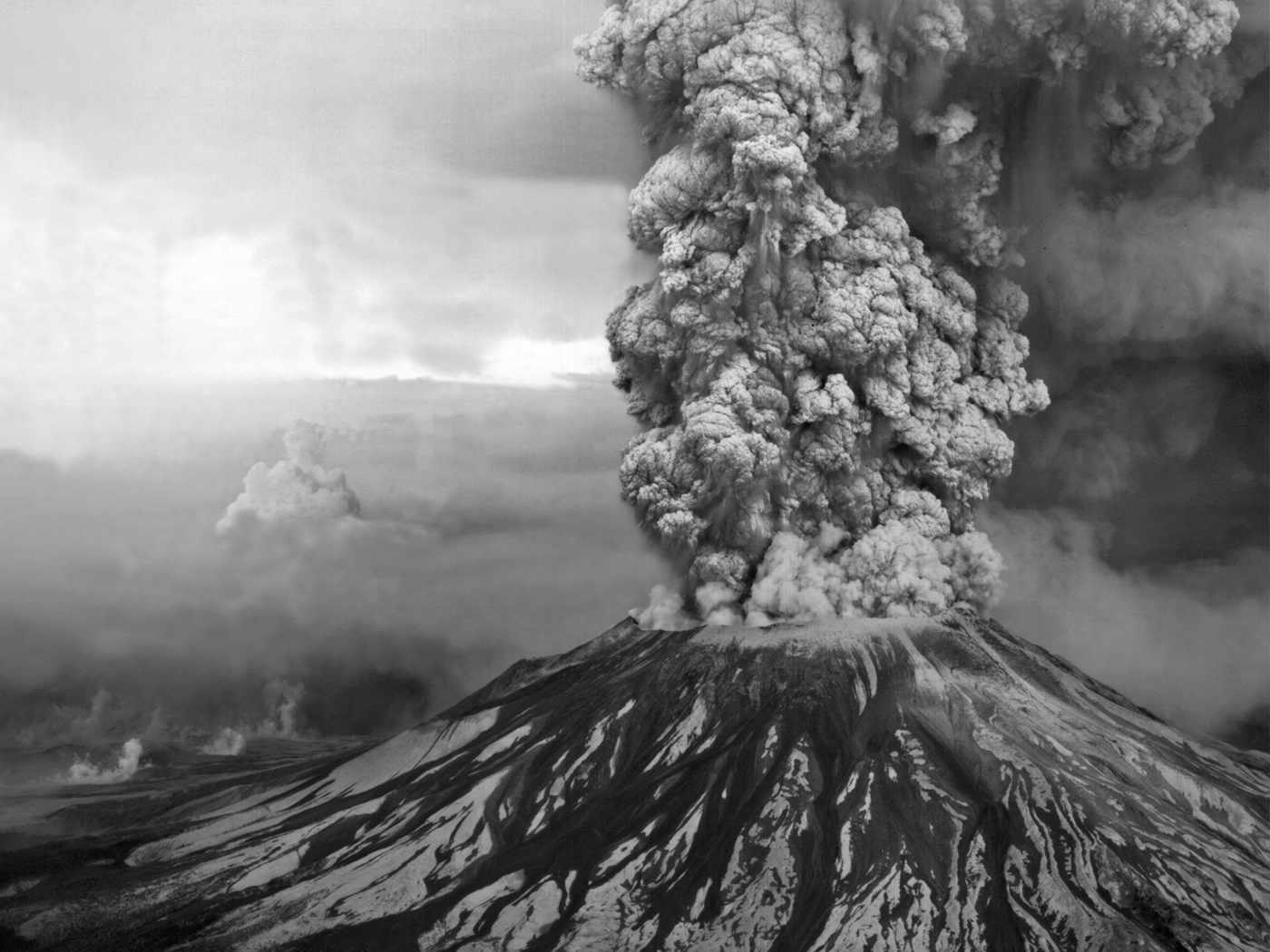Paleoanthropologists are not usually known for shying away from discord, debate, or disagreement. Yet for several decades there has been near-unanimity on two fronts: (1) the so-called fact of evolution, and more specifically that, (2) an African ape, sometime in the last few million years, gave rise to the first African human. There is no sign of yielding on the first front, but on the second, new findings have made continued agreement impossible.
The key findings are summarized by archeologists Robin Dennell and Wil Roebroeks (Nature, 438:1099-1104) in an article entitled: "An Asian perspective on early human dispersal from Africa." By "early humans" the authors mean the genus Homo, either as the east African species H. ergaster, or broadly speaking, H. erectus. Many, but not all creationists will recognize Homo as tool-wielding, upright-walking, and relatively large-brained sons of Adam. Here is the problem. In a half-dozen sites across Asia and Europe, Homo remains are being found that are nearly as old, or older, than their oldest supposed Homo ancestor in east Africa. For example, H. erectus specimens from Dmanisi in the Republic of Georgia dated at an alleged 1.7 Ma; at Mojokerto, Java, dated at 1.81 Ma; and Sangiran, Java, dated at 1.8 Ma, are comparable in age with the oldest H. erectus in Africa, at 1.9 Ma. Laying aside the absolute value of these dates for a moment, it looks as if Homo popped into existence all at once in a multitude of places! By the way, the Dmanisi site, which has become a major focal point for anthropology and is thought to represent an important dispersal point for early man, lies within a mere 200 kilometers of Mount Ararat. It is now widely believed that humans evolved in an as-of-yet undiscovered site in Asia and then migrated into Africa!
So abrupt is the appearance of the earliest true humans (H. ergaster) in the fossil record of east Africa that Dennell and Roebroeks remarked, "Not for nothing has it been described as a hominin 'without an ancestor, without a clear past'" (p. 1099). Hominin is the category shared by humans (Homo) and their assumed ape (Australopithecus) ancestors. The absence of a clear past for Homo finds these two excited archeologists "on the threshold of a profound transformation of our understanding of early hominin evolution" (p. 1103).
The search is now on for a locality that records the key transition from ape to human. "It is hard at present to identify its immediate ancestry in east Africa," say Dennell and Roebroeks (p. 1099). Nor apparently is it in East Asia, nor even in the promising new site in Georgia. Northern China or perhaps the difficult-to-access Muslim nations of central Asia are now being targeted as good prospects. I applaud the courage and persistence of these evolutionary researchers. But what if, at the end of the day, no ancestor can be found anywhere for H. erectus? It is not hard to see this is the direction the data are pointing. An absence of evidence is not evidence for absence, true. But if it is also true that man always was man, as God indicated to us in Genesis, the truly courageous researcher must face the possibility that a search for human ancestry will end in vain. Do not wait until the end of the day, my friend, to go back to Genesis!
* At the time of writing, William A. Hoesch, M.S. geology, was Research Assistant in Geology.
Cite this article: Hoesch, W. A. 2006. Out of Ararat? Acts & Facts. 35 (9).












